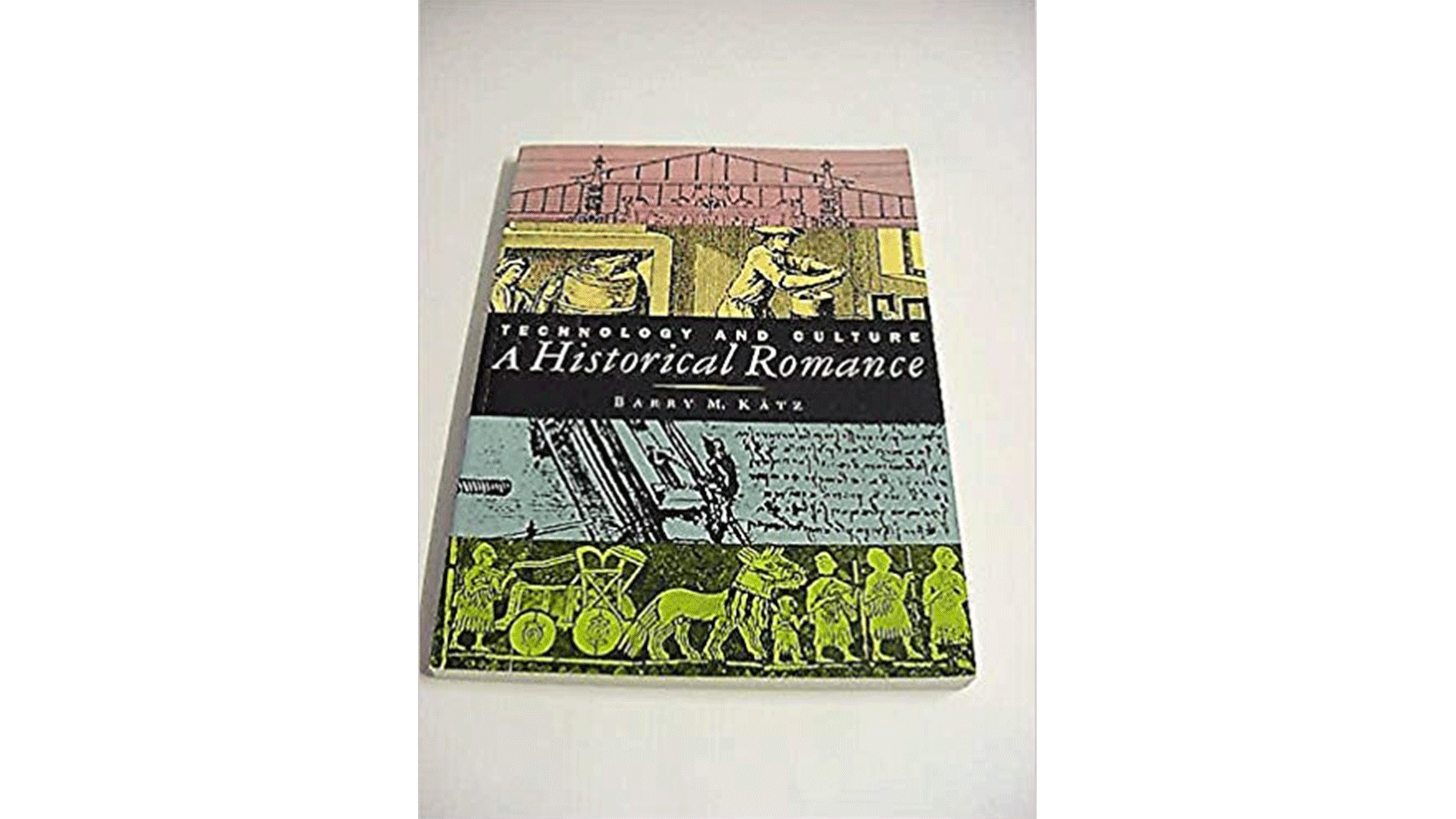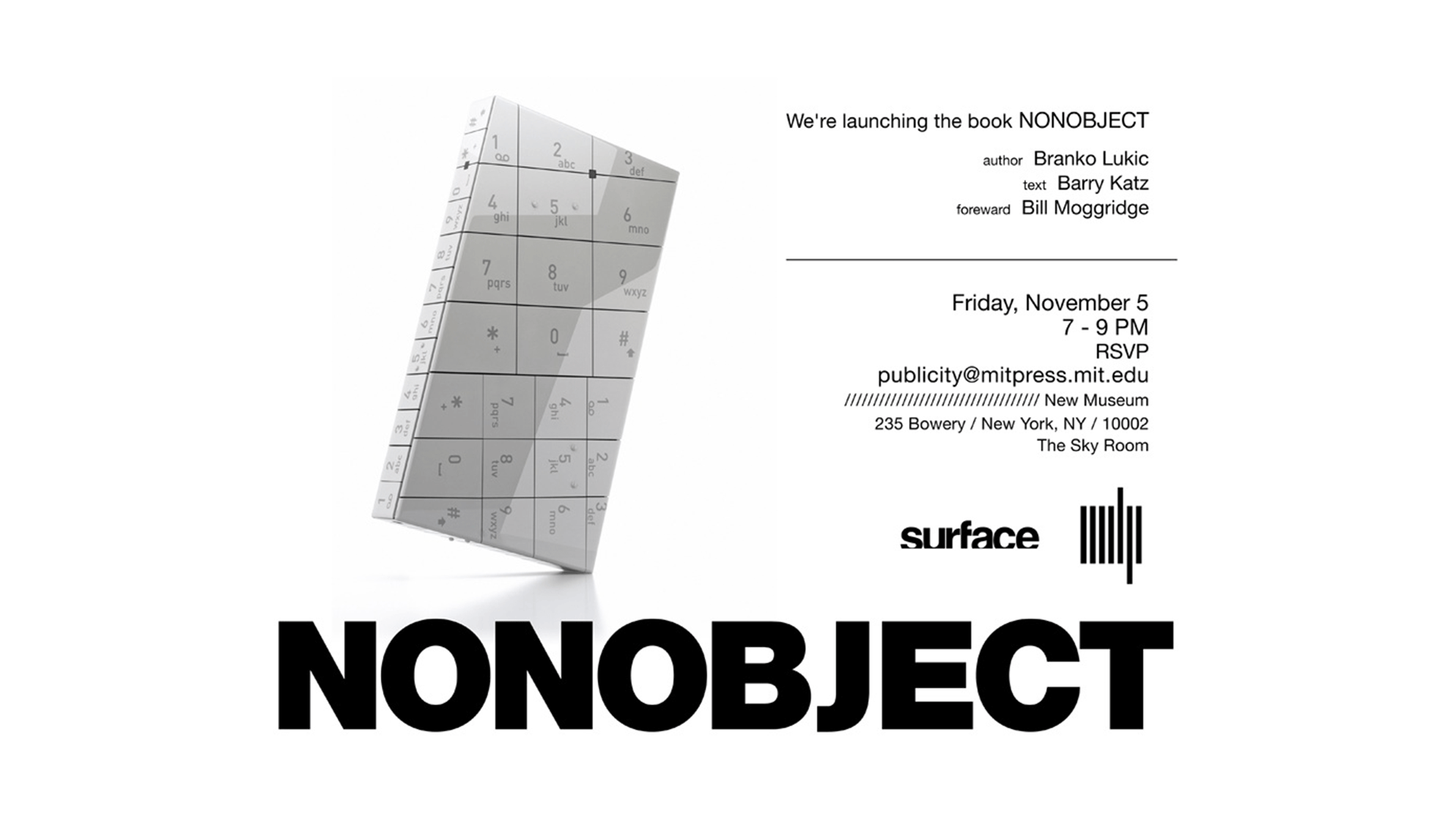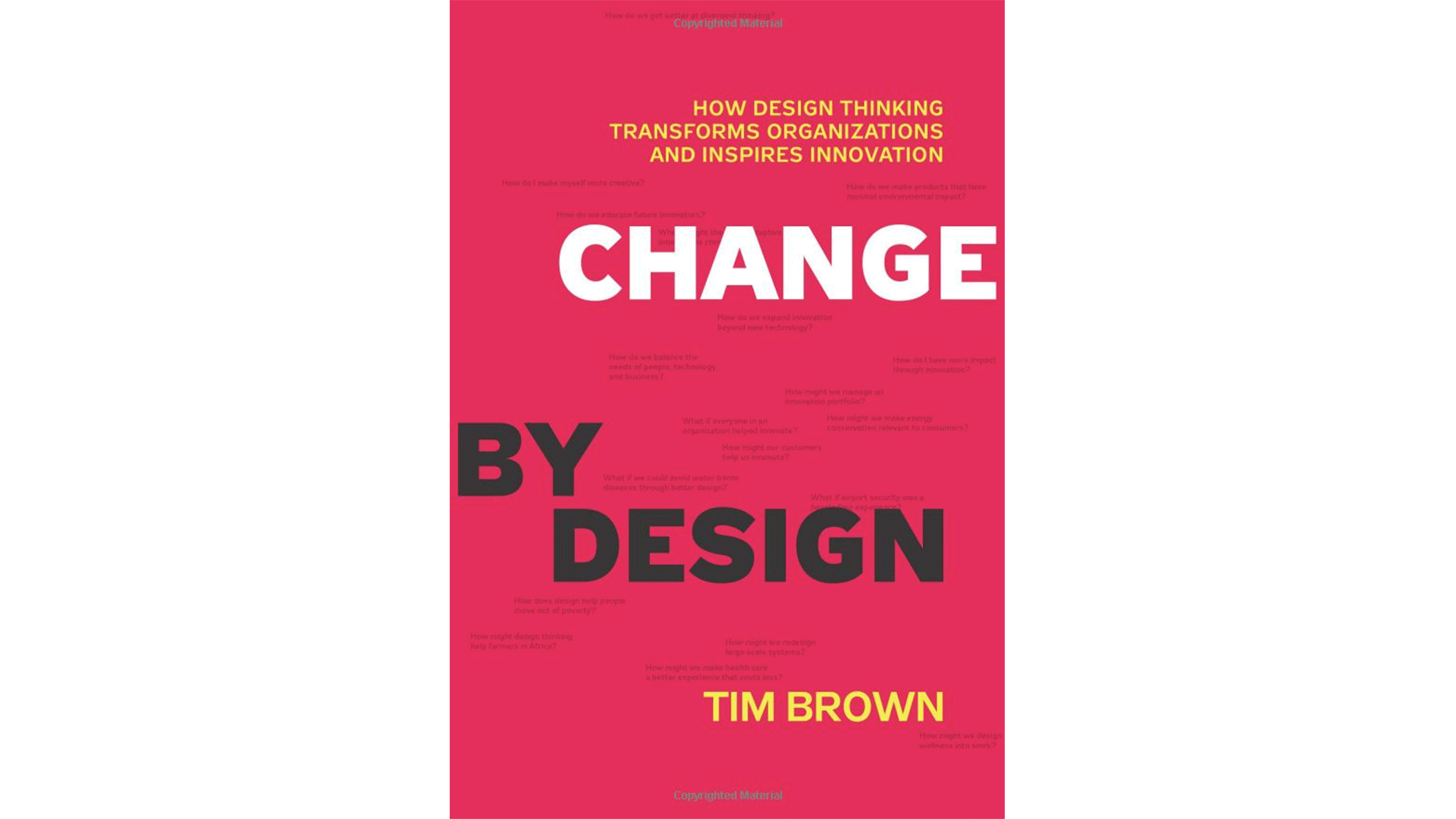-
 Barry Katz
IDEO / CCA and STANFORD
Fellow & Professor of design
Barry Katz
IDEO / CCA and STANFORD
Fellow & Professor of design
Dr. Katz was the first IDEO Fellow, and today consults on a number of IDEO projects. He is an aggressive networker, and can often be seen bringing prospective clients through the Palo Alto and San Francisco studios. Outside of IDEO Barry is Professor of Industrial and Interaction Design at the California College of the Arts in San Francisco, and Consulting Professor in the Design Group, Department of Mechanical Engineering, at Stanford. He is the author of six books, including (with Tim Brown) Change By Design, and most recently, Make it New: The History of Silicon Valley Design (MIT Press, 2015). Barry brings his expertise in the history and theory of design to bear on his work with IDEO project teams, where he has engaged in front-end research on projects ranging from MRI imaging to credit cards to pharmaceuticals. His “Narrative Prototypes” typically result in briefs to design teams and presentations to clients, and he also assists with all forms of writing and editing. He believes that there is no project—however technical or futuristic—that cannot be enriched by a historical and cultural perspective.
Redesigning Design
With the publication, in 2009, of Change By Design, the authors made a bold claim: design is not just a means to create more successful products, but more successful organizations. Design, in other words, can be reimagined as a strategy for innovation.
The 10 years that have elapsed since the original publication have been, arguably, the most disruptive decade in human history: the smartphone; the maturing of AI; autonomous vehicles; cloud computing; gene editing and the commercialization of genomics. Collectively, these new developments have led us to reconsider the basic themes of Change By Design and to ask whether it is time to redesign design itself.
This talk will review some of the developments of the last decade and challenge designers to once again reimagine who they are, what they do, and how they do it. Drawing upon specific case studies, we will consider the following:
1. The redesign of outmoded social systems.
2. The revival of participatory democracy.
3. The design of cities as the automobile age draws to a close.
4. Humanizing artificial intelligence, big data, and smart machines.
5. Biotechnology, and designing for the beginning and end of life.
6. Converting from a linear to a circular economy.
We do not simply experience culture as something handed down to us. We actively create the culture we experience, and the role and responsibility of designers has never been more urgent.
-
 Technology and Culture: A Historical Romance
Technology and Culture: A Historical Romance
-
 NONOBJECT
NONOBJECT
-
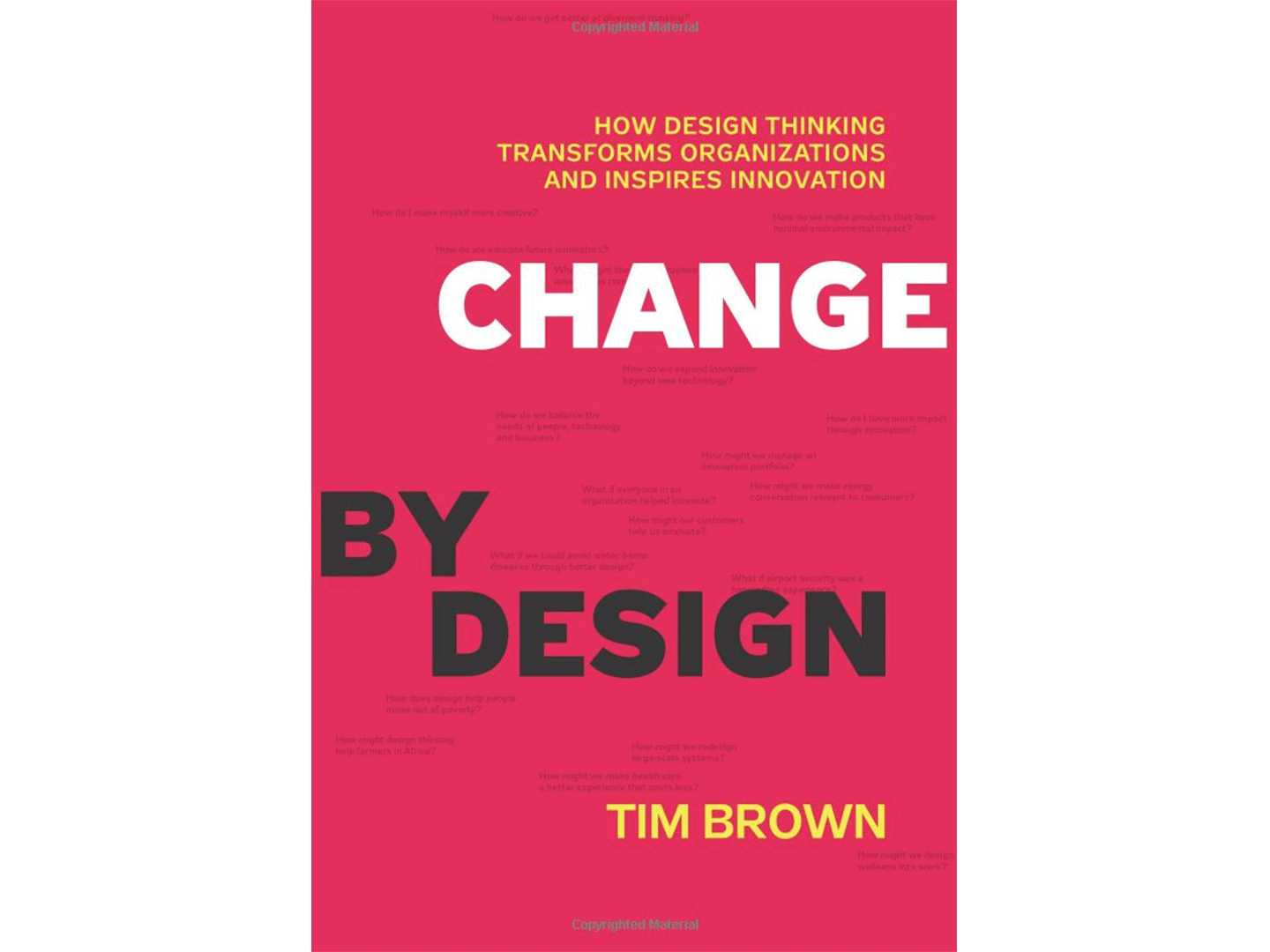 Change By Design: How Design Thinking Transforms Organizations and Inspires Innovation
Change By Design: How Design Thinking Transforms Organizations and Inspires Innovation
-
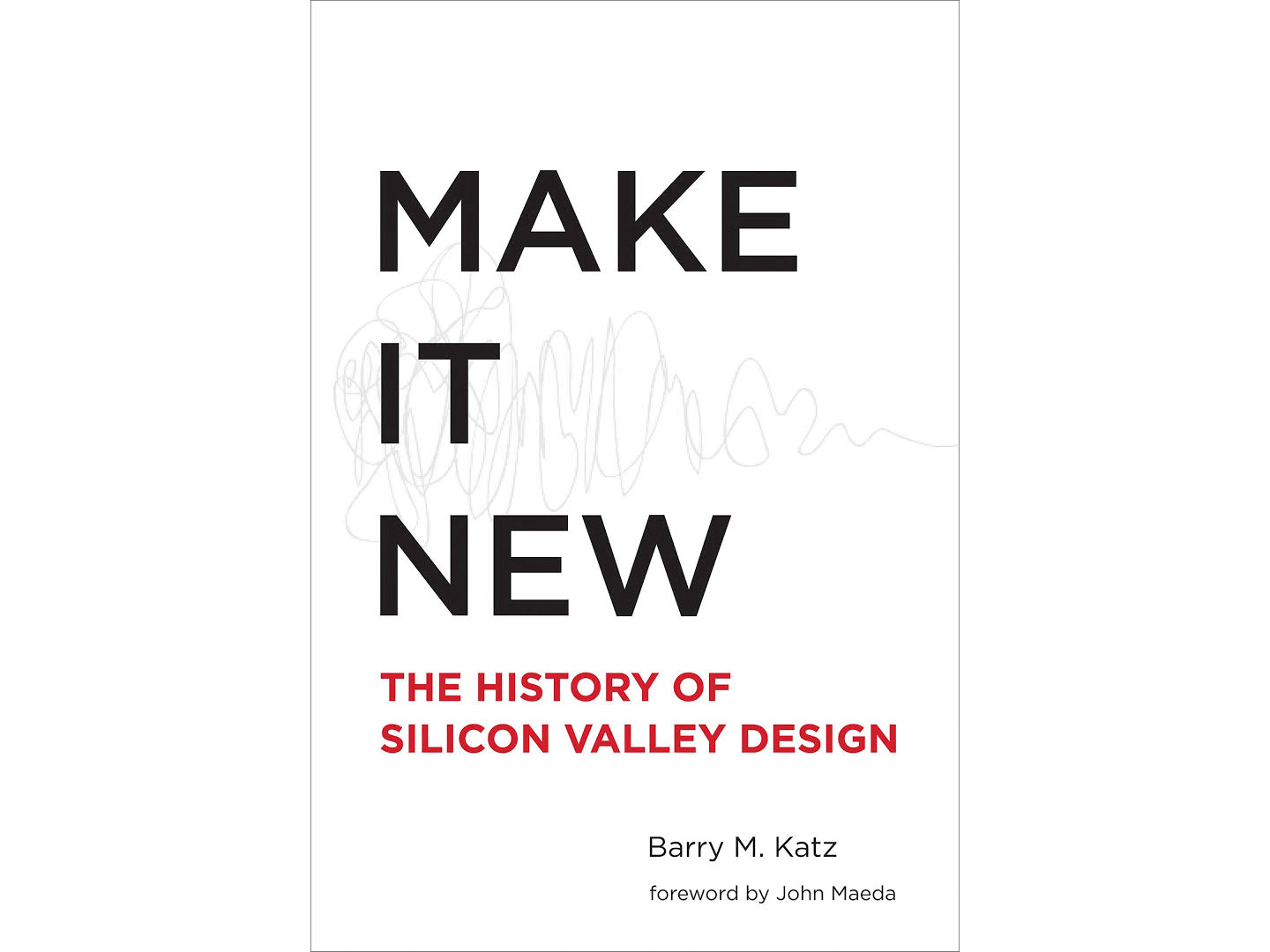 Make it New: The History of Silicon Valley Design
Make it New: The History of Silicon Valley Design






